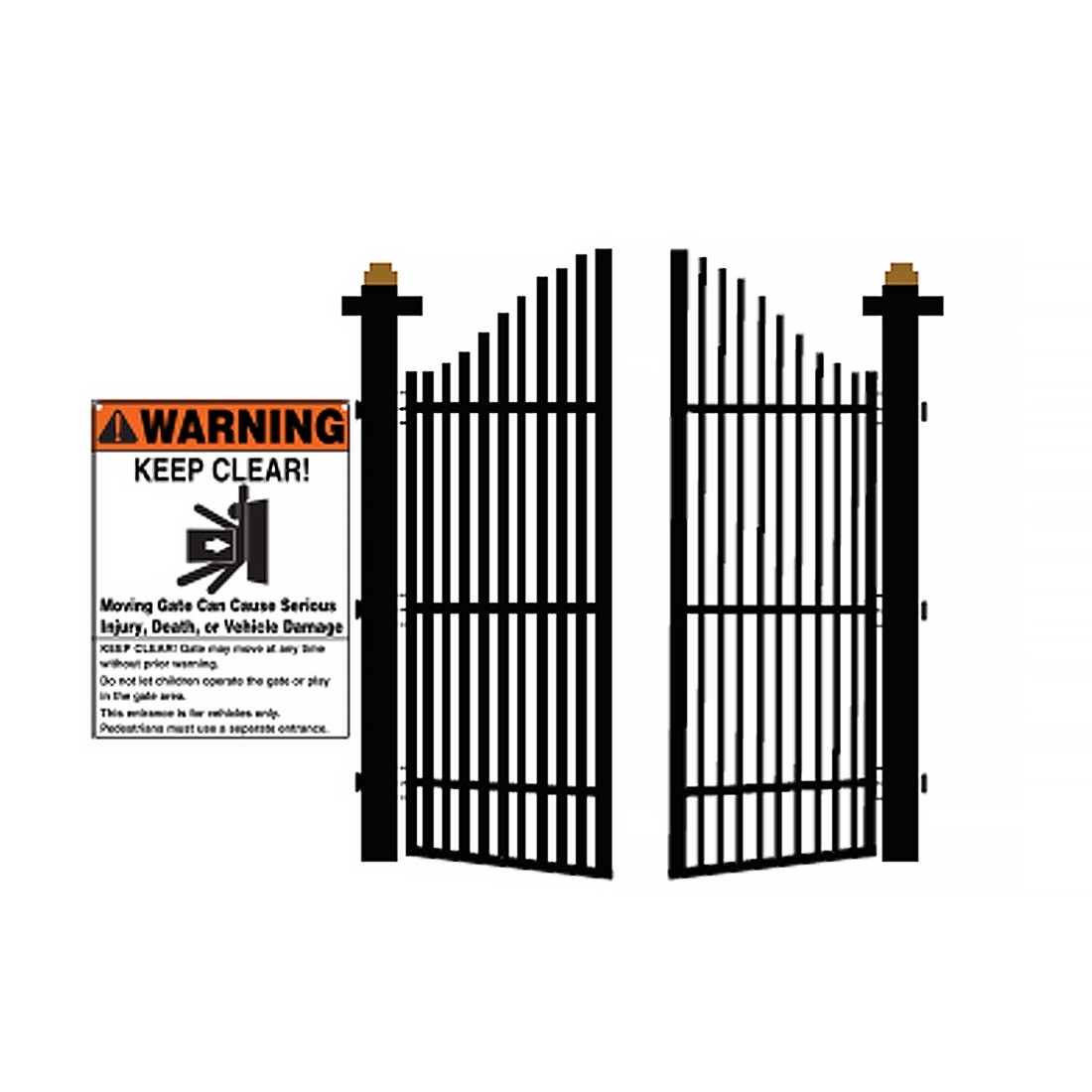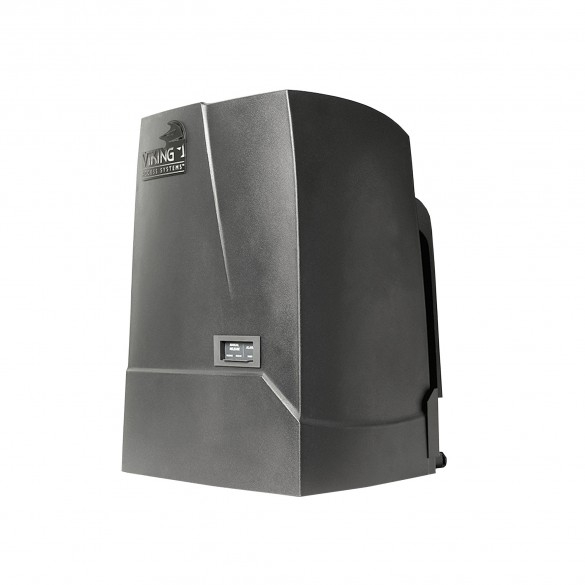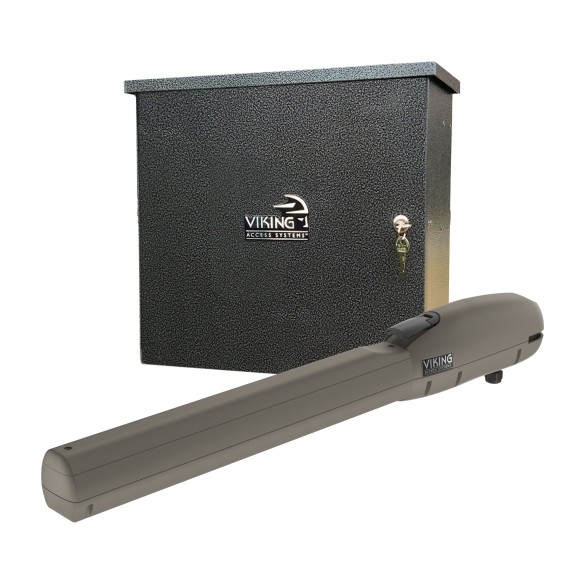Performance Gate Openers | Glossary of Terms
We know that shopping for gate openers or trying to service one can sometimes feel like learning a new language. That's why we created this glossary, to break down the technical terms and make everything a little easier to understand. Whether you're trying to figure out the difference between a swing gate operator and a slide gate operator, or you're just not sure what a loop detector actually does, this guide is here to help. You don't need to be an expert to make smart decisions about your gate system. We're here to support you every step of the way with clear, straightforward definitions that are relevant to what we offer.
| Name | Definition |
|---|---|
| Access Control | A method of managing who can enter or exit a location, often using keypads, intercoms, or card readers. |
| Actuator | A mechanical device that moves or controls a mechanism or system, commonly used in swing gate operators to open and close gates. |
| Actuator Arm | A mechanical device that extends and retracts to move swing gates open or closed. |
| Articulated Arm | A hinged arm used in swing gate operators to accommodate gates with wide pillars or limited space, allowing smooth operation. |
| Articulated Arm Operator | A gate opener with a jointed arm, often used when space constraints prevent the use of straight arms. |
| Battery Backup | A secondary power source that allows the gate to operate during a power outage. |
| Brushless Motor | An efficient, low-maintenance motor type with fewer moving parts, increasing durability and performance. |
| Cantilever Gate | A type of sliding gate that operates without ground tracks, supported by rollers on a post-mounted track. |
| Chain-Driven Operator | A gate opener that uses a chain mechanism to drive the gate; known for durability in industrial setups. |
| Control Board</td> | The electronic module that manages gate automation operations including motor control and safety devices. |
| Cycle Time | The total time it takes for a gate to fully open and then close. |
| Direct Drive Operator | A gate motor configuration where the motor is mounted directly to the drive mechanism, reducing moving parts. |
| Emergency Release | A feature allowing manual gate operation during power outages or malfunctions. |
| Exit Loop Detector | A wire loop embedded in the driveway that senses vehicles to automatically trigger gate opening. |
| Fail-Safe | A system that defaults to an open state in case of power or component failure, prioritizing safety. |
| Fail-Secure | A system that remains locked when power is lost, prioritizing security over access. |
| Fire Department Access Box (Knox Box) | A secured box installed near a gate entrance containing access tools for emergency responders. |
| Gate Hinge | The pivot point that allows a gate to swing; available in different load capacities for light or heavy gates. |
| Gate Lock | A physical or electronic locking system that secures the gate in the closed position. |
| Gate Opener Kit | A packaged system with a motor, control board, remotes, brackets, and installation hardware. |
| Gate Operator Mount | A bracket or hardware used to securely attach a gate operator to a gate or post. |
| HomeLink Compatibility | The ability of a gate operator to integrate with a vehicle's built-in remote control system, allowing gate operation from within the vehicle. |
| Hydraulic Operator | A gate motor system that uses hydraulic fluid for quieter, stronger gate operation, ideal for heavy gates. |
| Infrared Photocell Sensor | A safety feature that projects an invisible beam to detect movement or objects in the gate's path. |
| Key Fob | A small handheld remote used to wirelessly open and close the gate. |
| Limit Switch | A sensor that defines the open and closed positions of the gate, preventing overtravel. |
| Loop Detector | A sensor used for detecting metallic objects (typically vehicles) to trigger automatic gate actions. |
| Magnetic Lock (Maglock) | An electromagnet-based locking device that keeps the gate closed until de-energized. |
| Manual Release Key | A key-operated switch to disengage the gate motor for manual use in emergencies. |
| Mounting Post | A pedestal used to mount access control devices such as keypads, card readers, or intercoms at vehicle window height. |
| Part Finder | An online tool provided by Performance Gate Openers to help customers identify and locate the correct replacement parts for their gate operators. |
| Photo Beam | A horizontal beam of light across the gate path to detect obstruction; if broken, the gate stops or reverses. |
| Receiver | The unit inside a gate system that interprets signals from transmitters like remotes or access panels. |
| Remote Transmitter | A handheld wireless device used to trigger the opening or closing of a barrier gate from a distance. |
| Safety Edge | A rubber or electronic strip that detects pressure and stops the gate when resistance is encountered. |
| Slide Gate Operator | A motor that opens and closes gates by sliding them laterally along a track. |
| Solar Panel | A device that converts sunlight into electrical energy, used to power gate operators in locations without access to the electrical grid. |
| Swing Gate Operator | A motorized mechanism for gates that pivot inward or outward. |
| Timer to Close | A programmable function that automatically closes the gate after a set period. |
| UL 325 Compliance | A safety certification requiring automated gates to include features that prevent entrapment or injury. |
| Vehicular Loop | A detection loop embedded in the driveway specifically calibrated for vehicle presence, not pedestrians. |
Contact Us
Have questions about which gate opener is right for you or how to get your system back up and running? Our team is here to help with real answers and personalized support, not just generic advice. Whether you're managing a large property, installing a residential gate, or just replacing a part, we can guide you through the process and make sure you get what you need. Reach out to us today! We take pride in helping our customers find the right solutions quickly and easily, so don't hesitate to get in touch.
Contact Us



